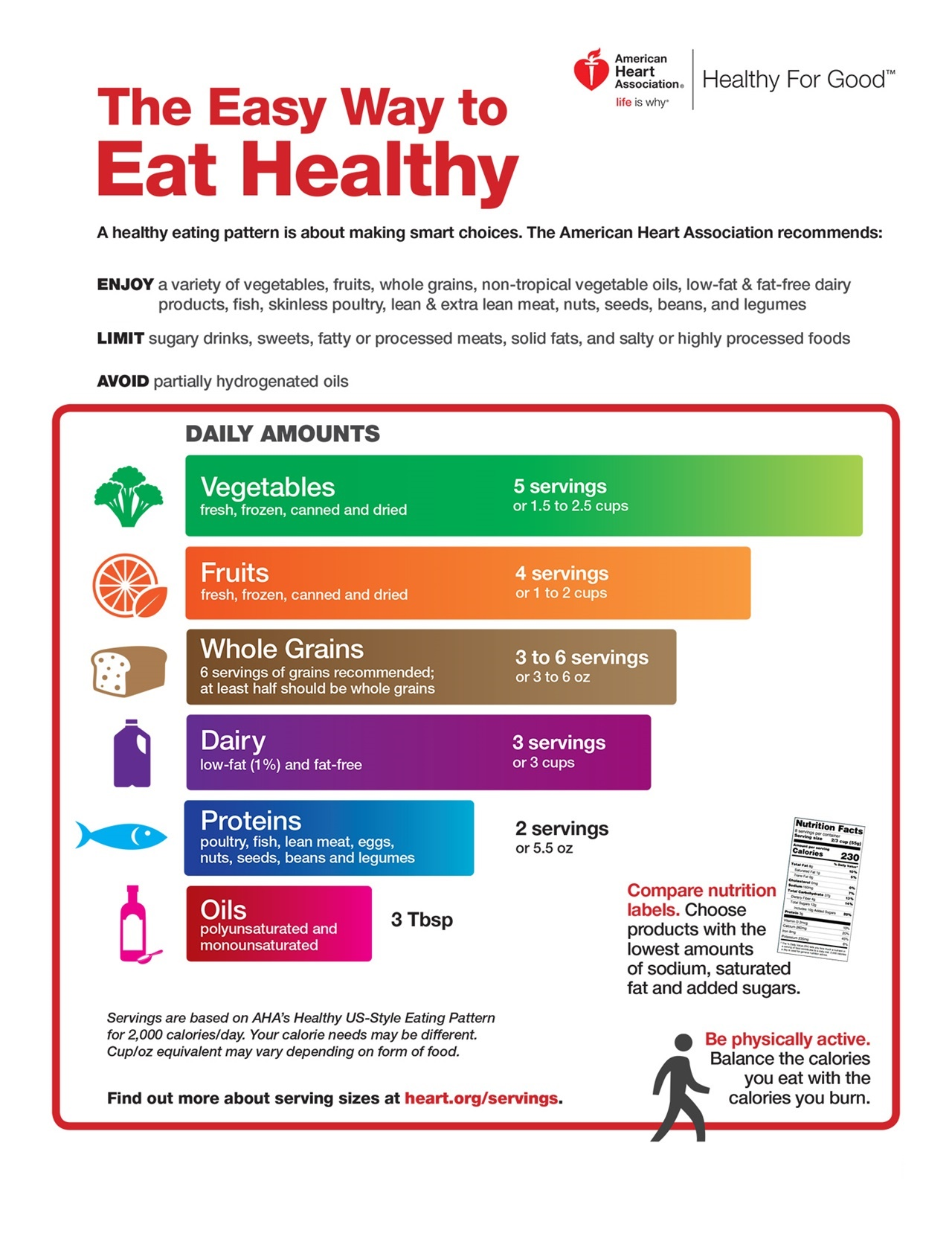2019 National Heart Awareness Month
Did you know February is National Heart Awareness Month? The American Heart Association has designated February as National Heart Awareness Month in an effort to stop Heart Disease from being the “Silent Killer” that it is. Heart Disease is currently the leading cause of death in the US. In fact, 1 in 4 deaths in the US can be traced back to Heart Disease.
Heart Disease is actually a cluster of problems lumped together. Some of these problems include congestive heart failure, coronary artery disease, atherosclerosis, high cholesterol, and high blood pressure (or “hypertension”).
There are two kinds of risk factors that play into Heart Disease: modifiable risks, and non-modifiable risks. Non-modifiable risk factors are factors that cannot be changed. These include age, gender, genetics, and race. While men and women can both get heart disease, more men get it than women until the age at about 65. After the age of 65, women are just as likely as men to have Heart Disease as men. According to the CDC, Heart Disease is the leading cause of death for non-Hispanic whites, non-Hispanic blacks, and Native Americans, and the second-leading cause of death for Hispanics, Asian Americans, and Pacific Islanders.
“Modifiable risks,” or risks that you can control, include smoking, Type 2 diabetes, lack of physical activity, high cholesterol levels, high blood pressure, and being overweight. These factors can all be modified by making “lifestyle changes.” For example: high blood pressure and Type 2 diabetes can both be controlled, and sometimes essentially reversed, by eating the right kinds of foods and practicing moderation in other foods; if as little as 10% of body weight is lost an individual’s risk for getting Heart Disease drops significantly; and cholesterol can be lowered and controlled with a combination of diet and activity. And, of course, there are medications to help these risk factors, too.
But if you don’t want to take or can’t afford medications, there is another answer. Many of the changes that help reduce the risk of Heart Disease can be made by modifying your diet.
This is where dietitians come in.
Dietitians (or RDs) are individuals who have a bachelor’s degree in Nutrition Science or Dietetics, have survived an internship program, and have passed a registration exam. If any, or all, of those three things is missing, the title is “Nutritionist.” Dietitians are trained to determine what, if any, dietary changes need to be made, and to help you figure out how to implement those changes in a way that work! And while they might not be able to write a full work-out plan for you, dietitians can also help you figure out how to work more activity into your day.
To get started taking control of your “modifiable risk factors,” here are some recommendations the American Heart Association has regarding heart health:

For more information, visit:
https://www.cdc.gov/heartdisease/facts.htm
https://www.heart.org/en/
This guest blog post was written by Mount Mary University Dietetic Student Sarah Sherman.
Tags in this Post: Nutrition , Facts , Tips
Back to Blog